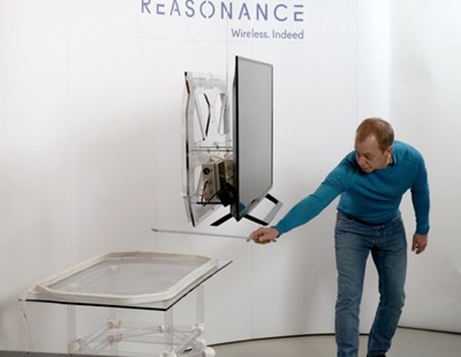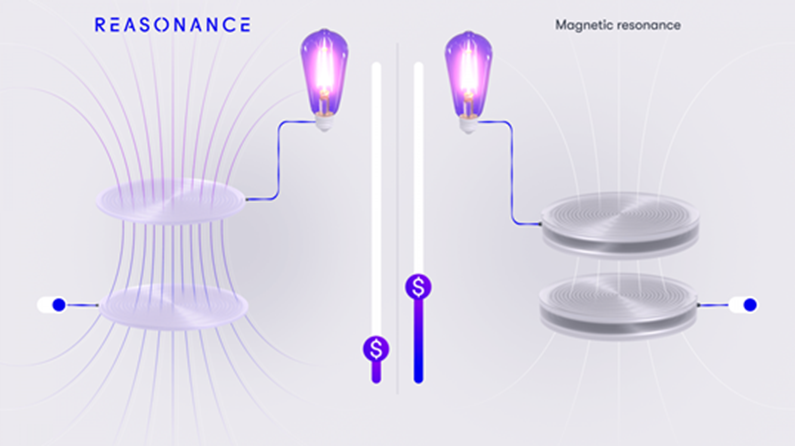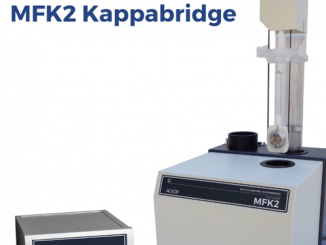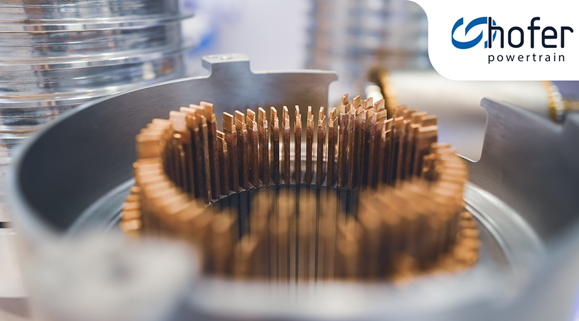
No passports or airline tickets were required at this year’s CES for a Russian startup to introduce its wireless power transfer system that steps up the capability for product designers to go cordless. CES, the giant electronics fest traditionally held in Las Vegas and known as the Consumer Electronics Show, was held digitally this year due to the pandemic yet exhibitors such as Reasonance, a team of Russian scientists and engineers, were able to virtually demonstrate their technology applied to a large-format TV powered without wires. It can be suitable for many other applications, they say.

“Our technology is significantly more advanced: a magnetic field is generated by both conductivity and displacement currents and, therefore, ensures major advantages in wireless power transfer, says Anton Vishnevsky, founder and CEO, who is also shown at top. “There are various ongoing projects of wireless power transfer which are all based on magnetic resonance or induction,” he explains. “Whilst these are only relatively good as potential solutions, they have certain limitations in transfer distance, efficiency, design, safety, and cost-effectiveness. This is the reason why wireless power transfer has not yet been implemented on a mass scale in real-world products and in e-vehicles, in particular.”

“Our solution combines both inductance and capacitance solutions in a single package. Whilst our competitors utilize wired-connected oscillating circuits which consist of two elements, we managed to make the coil function as a capacitor. We have created a single-element oscillating system which performs both functions at the same time; moreover, our number of oscillating circuits is unlimited.”

“While we also use the well-known resonance phenomena in transmitting and receiving systems, the fundamental difference is that our technology contains both inductance and capacitance components in one single structural element,” adds Andrey Tarasov, CTO. “Classic magnetic resonance uses only a magnetic field, while Reasonance uses both magnetic and electric fields. This ensures remarkable characteristics of wireless energy transfer and reduces costs by 80–90 % compared with competing technologies.”

For CES, Reasonance presented as one of its prototypes a fully wireless 40″ TV powered with 120W. For demonstration purposes the receiving coil is placed on the back panel, though for the product itself it can be incorporated inside. The transmitting system is placed horizontally with an angle of 90 degrees at the distance of about 50 cm, which means misalignment and angles change between two coils are not a problem anymore. Due to the patented configuration of the transfer system, it offers high performance in power, efficiency, transfer distance, and design freedom. For more info, see www.reasonance.tech.



